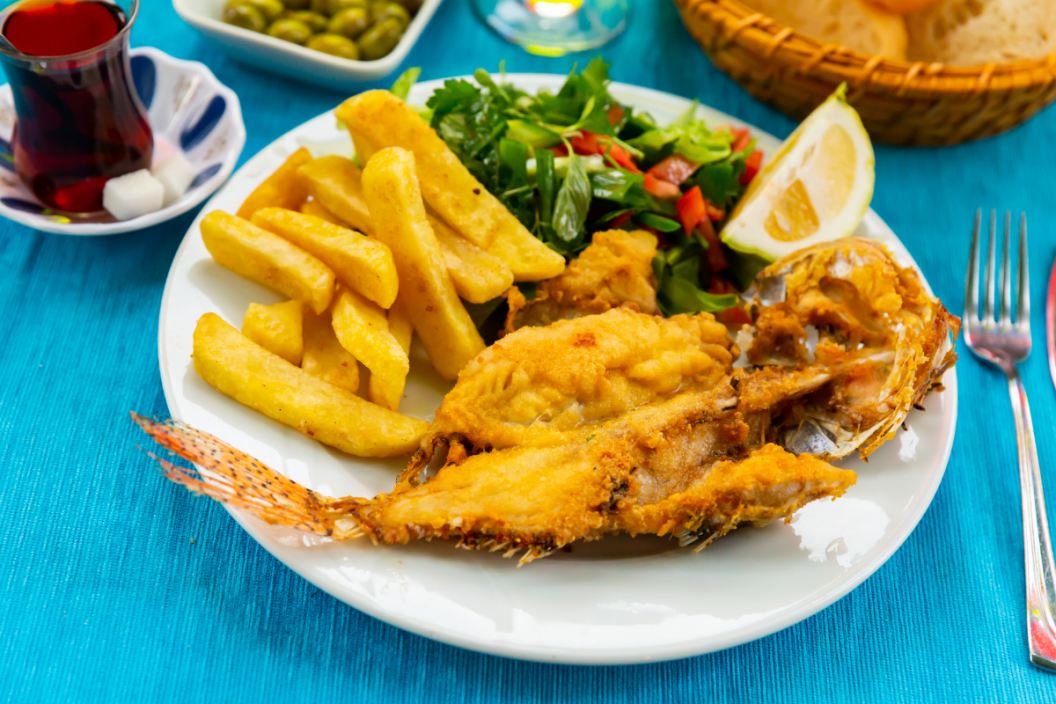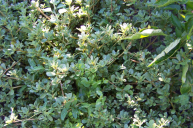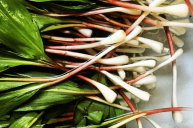You know what they say: If you can't beat 'em, eat 'em. Maybe they don't say that, but they should! Invasive species lurk all throughout America - some you wouldn't even guess are non-native species since they've become so common on our soil, especially invasive plant species like dandelions. However, conservationists have come up with a new plan to help rid our country of these invaders and help rebalance our ecosystem. According to them, we should fight invasive species one bite at a time to protect native habitats and native ecosystems.
Videos by Wide Open Country
As buzzwords like sustainability and hyperlocal are getting more mainstream traction, so is the idea of invasivorism. Because invasive species are devastating to ecosystem health, especially in areas where native endangered species are trying to rebuild, invasivorism encourages eating invasive species as a means to help lower the numbers creatures and plants that are overcrowding their non-natural habitats and altering delicate ecosystems. In other words, we should be eating invasive species and consider them a part of our vast natural resources.
So if you're wild about the idea of trying something new and helping America out, here are 10 invasive species to keep in mind when you're out hunting, fishing, or foraging for national invasive species.
Editor's Note: Take caution when preparing invasive species in your own kitchen and be sure to follow all safety instructions carefully.
1. Lionfish
Lionfish are an invasive species from the Indian Ocean that have made their way into the warm freshwaters in popular Caribbean fisheries dive sites. It can also be found year-round in Florida. In Hawaii, they can be poisonous. Although they are beautiful to look at as you drift through coral reefs, they are voracious eaters that wreak havoc on the natural diversity of these already endangered ecosystems, as learned in ecology courses.
It turns out, though, that these fish are fantastic to eat. They taste like a cross between lobster and Chilean sea bass. In fact, they've become so popular that this fish is making a regular appearance at restaurants all over the Cayman Islands from its East Coast to its West Coast.
Find three popular lionfish recipes here.
2. Asian Tiger Shrimp
If you like shrimp, then you are going to love these delicious, lobster-sized ones. These monster-sized crustaceans are cannibals who eat their smaller cousins all along the coast of the United States, and are native to Australia.
However, though they may be fearsome in the water (They can grow up to 13 inches and, carry viral diseases and pathogens.), if you take them out of their new environment, they are just plain delicious.
Get a recipe for Simple Pan-fried Prawns here.
3. Asian Carp
Asian carp were originally brought to America in the 1970s to help the ecosystem by filtering sewer ponds around the country. However, since flooding has washed them out into the wilds of the Mississippi River, they have done more harm than good. These mild, white fish are no predators, but their size (which can be up to 100 pounds) has only served to drastically lower plankton populations and push out other native species.
Their appearance in the Chesapeake Bay and the Great Lakes makes them a huge threat to not only the native fish and crustaceans but also the native plants in the river and lake beds. Thankfully, these invasive creatures are scrumptious. With a light, white meat on their bones, they are perfect pan-fried or on the grill.
Find a recipe for Asian Carp in Chili Sauce here.
4. Wild Boar
Hunting fodder for much of the southern United States, if you've never tried wild boar on a barbecue, you really should.
These animal species are escaped European pigs that have spent centuries evolving and interbreeding to become smart, destructive, and delicious pest. Basically a natural predator. Should you get the joy of cooking one, it's said that you should barbecue them just like pork but that the flavor is so much more robust and satisfying.
Plus, it's just cooler to say you're eating wild boar than pork because you're also reducing the spread of invasive species roaming agricultural fields.
5. Garlic Mustard
https://www.instagram.com/p/Bx5yUoPHtXi/
Garlic mustard is a green springtime plant that begins to unfurl its spiky leaves as soon as the ground begins to warm. Although it does exceptionally well in the soils of North America, it is not native to this continent having come from Europe as a medicinal herb.
Traditionally, this herb was used to lift the spirits, warm the digestion, and alleviate respiratory complaints, such as bronchitis. Think it's a coincidence that this plant is abundant at the time of year when people seem to be constantly coughing?
Eat it raw in salads or cooked like wilted greens in a stir fry. Either way, you'll reap the benefits of this weed's medicinal properties and help with conservation, something the North American Center for Invasive Species will be grateful for.
Get a recipe for Garlic Mustard Potato Salad here.
6. Himalayan Blackberries
Technically many of the blackberries of the native grasses in the Pacific Northwest are Himalayan blackberries, but they're so common and so delicious that many people think of them as a native species from the area.
In all honesty, there is not much of a difference - except for the fact that you have to go forage them. Just use them like you would domesticated blackberries.
7. Purslane
Purslane is a succulent from Southeast Asia (and Eurasia) that grows anywhere it can find a foothold. It has thick round leaves and grows in a mat. Purslane is not, however, anything new to America.
There are records of both George Washington and Henry David Thoreau eating purslane regularly at their meals. Apparently, they enjoyed it immensely. In fact, your grandmother too may have prepared this herb as a salad when she was growing up. Today though, this weed earns the USDA's highest rank of contempt, "noxious."
It is time to bring this little succulent back to the plate. It's a tasty invader with crisp leaves, a lemony tang, and then a peppery kick. And its availability, even in a new area, makes it very easy to come by for your kitchen experiments.
A booster to human health, it's time to start incorporating more purslane in your rotation. Get a recipe for Purslane Salad with Grilled Corn here.
8. Dandelions
This weed is so common in fields across all 50 states of America, from California to Maine, that you may forget that it is actually an invasive species from Europe. Well, except for gardeners and the department of agriculture most likely. They won't forget that this little weed is Public Enemy #1.
However, from jelly to wine, this weed is good for so much more than adding a little dollop of sunshine to sidewalk cracks.
Find a recipe for Dandelion Salad here.
9. Watercress
If you've ever been to Britain, you know that somehow watercress seems to show up in your dishes constantly. So why don't we eat more of it here in the U.S.? Good question, especially when it's linked to closely with North American food webs.
This aquatic plant grows easily nearby cold streams of water and is perfectly safe to pick to toss on salads, add to egg dishes, or sprinkle on top of potatoes. Its tangy, bitter taste increases with the maturity of the leaves, but an older plant is nevertheless pleasant when paired with creamy dishes.
Get a recipe for the Watercress Salad with Honeyed Apples here.
10. Fennel
Coming from the Mediterranean region, fennel has taken kindly to American shores and made itself at home. Growing up to 9 feet tall and decorated with feathery leaves, these plants may be one of the most beautiful invasive species around. Plus, their flavor is very distinctive.
With a strong anise flavor, it is a great herb to add to pasta dishes, stuff into grilled meat, or blend into a soup. Or you can eat it just like the Italians do with just a sprinkle of parmesan cheese.
There are one invasive species that you won't find on this edible list: zebra mussels. While some do eat zebra mussels, especially those prepared in a professional kitchen, the USDA advises against eating the mussels that travel from boat to boat in ballast water because they act as filters for their environment. Unless you properly know how to pick and clean mussels, you could ingest harmful pollutants and bacteria the mussels filtered.
To learn more about non-native species, visit the National Invasive Species Information Center.




